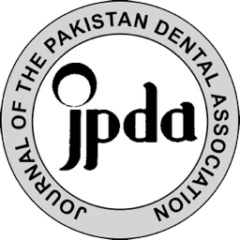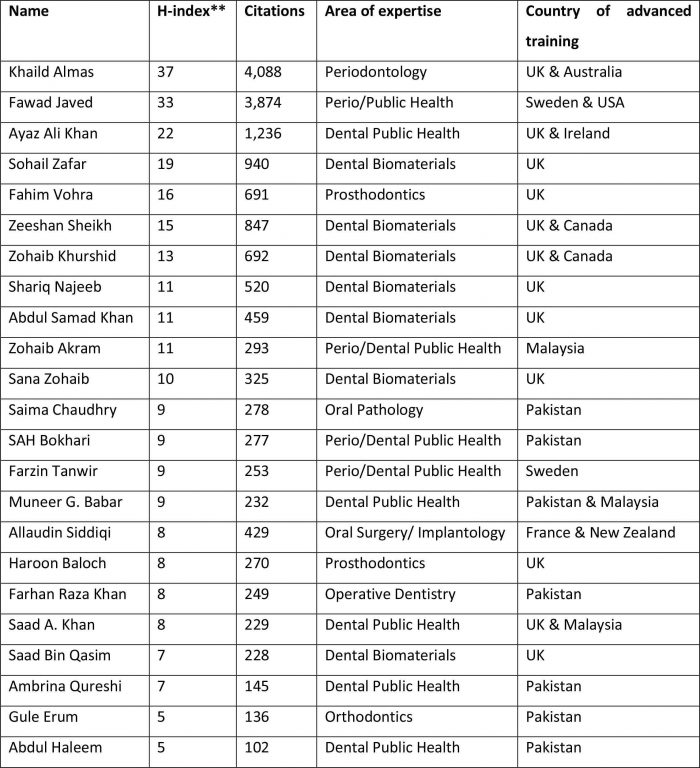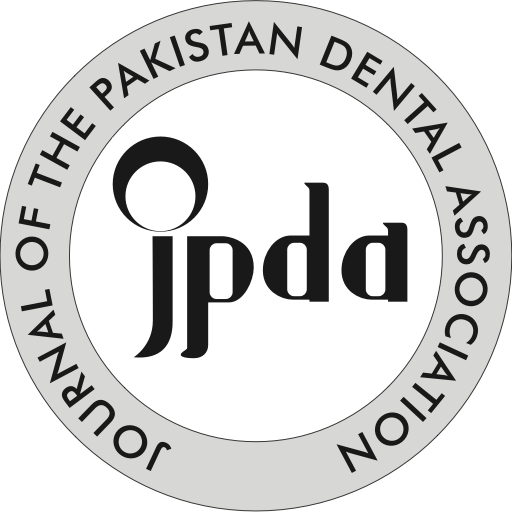
Farhan Raza Khan                     BDS, MS, MCPS, FCPS
Research is an approach of generating new knowledge that can be added in the existing sum of knowledge in any field of study. Research is usually confused with discovery whereas it simply means an activity where an investigator (or a group of investigators) addresses a research question in a systematic manner using a well-defined methodology. Proper conclusion can only be made if the whole research process is done in a precise manner.
In dental academia, research is no longer considered as an optional undertaking; it has become an essential competence for graduates (especially post graduates for whom it’s a requirement for degree completion as well). Whether one likes it or not, but in most of the institutions, the performance of academic staff is linked with their research productivity. Thus, there is no escape from research. From academic appointment to promotion, faculty members have to demonstrate their research productivity via published papers. As the sum of knowledge in dentistry is increasing on an immense pace, therefore, the only way individuals can keep themselves abreast is by getting involved in the research.
The traditional model of teaching emphasized the graduate to learn the facts, understand the science and apply the learned knowledge in real life. But not anymore; the expectations from doctors have risen considerably. In addition to becoming a skilled craftsman, it’s imperative for a contemporary dentist to understand the best clinical practices, demonstrate the ability to find the evidence in the literature that can support decision making and then should be able to critically evaluate the outcomes of the planned intervention. And if there are any unusual findings, then he/she must be able to share those findings with the profession via research publication.
Clinical audits, charts reviews and other observational studies are relatively easier to carry out but prospective studies, randomized control trials, systematic reviews and meta-analyses are quite demanding. The latter study designs require help and guidance from trained faculty. This creates a dilemma as research skills are not formally taught at the undergraduate level (at most of the institutions) then how would graduates learn the fundamental concepts of study designs and biostatistics. Around 10%-20% dentists pursue advance education and not all supervisors have the required capacity to mentor the research work and not all institutions have the infrastructure for the same. Therefore, the burning question is: how will the students be mentored in research? And who will offer this training to the students? The solution lies in the identification of the role models and developing collaboration with them.
A role model is a person whose behavior, example, or success is followed by younger people.1 The training in the profession of medicine and dentistry started on an apprentice model and even today the essential competence of history taking, patient examination and art of making differential diagnosis is taught in clinics or ward rounds using role modeling approach. There is a lot of powerful informal teaching that takes place with role modeling approach.2 By the same token, dental research skills can be inculcated in students if they are suitably mentored by the faculty (who themselves are either formally trained in research and/or have substantial experience in this domain). This can be done by engaging students in small research projects during undergraduate years. There may be some challenges such as finding time in busy curriculum, arranging funding and logistics but if approached seriously, can lead to research capacity building of the newer generation of dentists.
There are a number of Pakistani dentists (see table 1) who have demonstrated exemplary research work as evident by their publications, h-index and citations. In addition to students, the junior faculty can also collaborate on the projects with these investigators. With established researchers onboard, the chances of winning a research grant would be considerably high. This will not only create an opportunity to train students but also generate good papers and enhance the research productivity of the local institutions as well. Overall, it will be a win-win situation for the stakeholders. Interestingly, most of the names in this list are from non-clinical subjects (mainly dental biomaterials and dental public health) who have received their advanced training abroad. Now, it’s a high time for the clinicians to catch up and contribute their share in the national research productivity.

* The list is not comprehensive as some important names and data may be missing. A number of very well published research-active authors such as Drs. Mubassar Fida, Attiya Shaikh, Irfan Qamruddin, Aneel Bherwani, Ninette Banday, Robia Ghafoor, Fahad Umer, Ashar Afaq, Fahad Kidwai, Umer Dawood and others were not registered with Google scholar profile.
**H-Index is an author level metric that measures both the research productivity and the citation impact.   The source of H-index was Google Scholar profile verified on 20th June 2018. A cut off of atleast 100 citations with h-index of > 5 was taken.
REFERENCES
- Skeff KM, Mutha S. Role models-guiding the future of medicine.N Engl J Med. 1998; 339: 20157. [PubMed] https://doi.org/10.1056/NEJM199812313392710.
- Paice E, Heard S, Moss F. How important are role models in makinggood doctors? BMJ 2002; 325: 707-10. [PubMed] https://doi.org/10.1136/bmj.325.7366.707.
- Associate Professor, Aga Khan University, Karachi, Pakistan.
Corresponding author: “Dr. Farhan Raza Khan†< farhan.raza@aku.edu >


